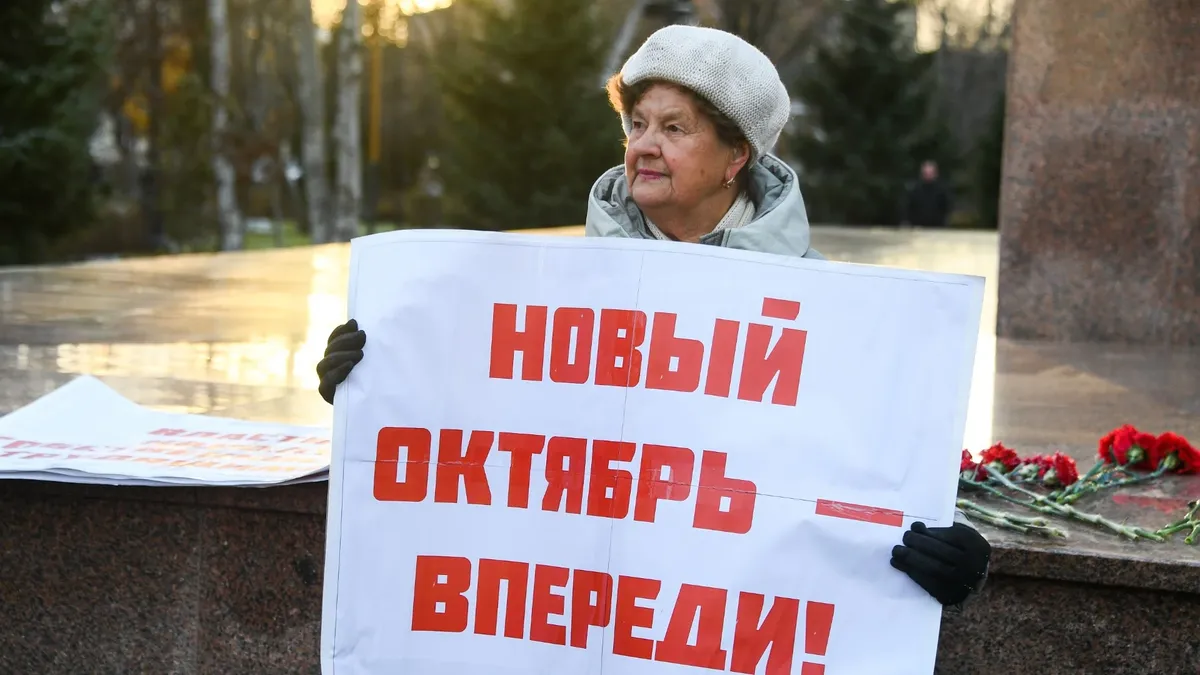ARMS RACE IN THE SOUTH CAUCASUS: A TIME BOMB?
ARMS RACE IN THE SOUTH CAUCASUS: A TIME BOMB?
Locked in a decade-old conflict over Karabakh, Armenia and Azerbaijan have been increasing their military expenditures over the last few years. Lately this trend seems to have accelerated dramatically. The competition has launched an informal arms race in the South Caucasus that could easily lead to the further militarization of the entire region.
Previous estimates predicted that Azerbaijan’s military expenditures in 2009 would reach $350 million — seven times more than Georgia ($50 million) and almost three times more than Armenia ($120 million). However, Azerbaijan’s defense budget is expected to reach $300 million this year, while Armenia’s military expenditures are already well above $120 million. In fact, the military gap between Azerbaijan, Armenia, and Georgia in the coming years will be even more dramatic.
The unannounced arms race in the Caucasus started in 1994, when Armenia and Azerbaijan reached a cease-fire in their war over the Karabakh region. Despite the fact that both states have signed the Conventional Forces in Europe (CFE) Treaty, which set certain limitations on the number of troops and weapons stationed in Armenia and Azerbaijan, they have both occasionally violated the treaty’s terms. Both states have purchased new military hardware and increased the size of their troop strength. In 1996-97 Russia supplied Armenia with over $1 billion in weaponry. In addition, Armenia transferred some of its military hardware to the occupied territories of Azerbaijan, in order to bypass its quota under the CFE treaty.
In 2002, Armenia spent more on defense in GDP terms than the rest of the Commonwealth of Independent States member countries. According data by the International Institute of Strategic Studies in London, the Armenian government allocated $162 million, 6.4% of Armenia’s GDP, for its military needs. In 2001, this number was around $135 million. Azerbaijan and Georgia spent 3.3% and 1.7% respectively.
Last year, the Armenian parliament proposed increasing Armenia’s official military expenditures by another 12% ($106 million) in 2005, meaning a 13% share of the state budget. Subsequently, Azerbaijan’s President Ilham Aliev announced that Azerbaijan is planning to boost its defense spending by 25-30 percent in 2005. In 2004, Azerbaijan’s military budget was estimated at around $150 million.
Several factors have intensified the arms race between Armenia and Azerbaijan in recent months. The opening of the Baku-Tbilisi-Ceyhan oil pipeline, which Azerbaijan views as a major source of future income, has seriously threatened the position of official Yerevan.
For Azerbaijan, more oil exports mean more revenues and that, in turn, means more spending on the military. President Aliev has repeatedly stated that Azerbaijan will use its economic potential to solve “all its problems,” including the Karabakh conflict. Starting from last year, Azerbaijani defense officials have begun attending military exhibitions in the United Arab Emirates and Qatar with plans to purchase foreign military hardware in the future.
Another issue is the recent transfer of Russian military hardware from Russian bases in Georgia to Armenia. Armenian Defense Minister Serge Sarkisian has spoken out in favor of redeployment and said that Armenia is “in favor of strengthening the Russian military bases in Armenia and increasing their weapon reserves.”
On June 25, speaking at the graduation ceremony for Azerbaijan’s military school, Aliev announced a 70% increase in military spending — expanding the budget to $300 million this year, up from $175 million in 2004. Aliev particularly mentioned concerns over the planned relocation of Russian military hardware from Georgia to Armenia.
With the promise of oil money and with half of its population still young, Azerbaijan’s chances of becoming a strong military power in the South Caucasus seem great. Within several years, Azerbaijan’s military budget could be equal to the entire budget of Armenia, and official Yerevan realizes this danger.
In May, referring to Azerbaijan’s growing budget and increasing military expenditures, Armenian Prime Minister Andranik Margarian stated, “[Armenia] will draw the appropriate conclusions and will increase expenditures for defense accordingly.” However, he also added that an increase in the Armenian military budget would be implemented as far as Armenia’s financial capabilities and possibilities allow it.
It is not clear how long the arms race between Armenia and Azerbaijan could last. Yet, there is no doubt that, with the unresolved Karabakh conflict and the increasing presence of Russian troops in Armenia, the arms race will intensify even more.


